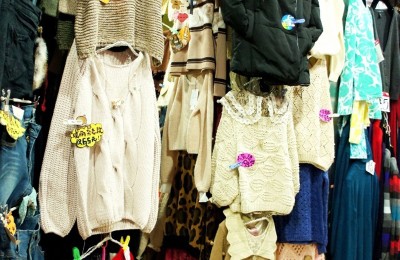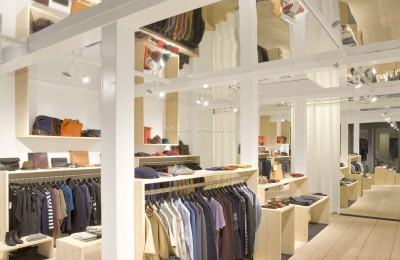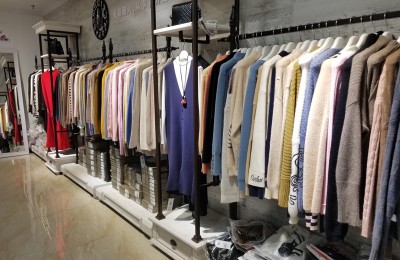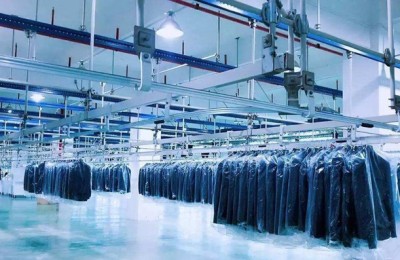Ma Ying: What new changes will occur to the pattern of my country’s textile and apparel industry chain?
1RCEP takes effect
It is of great significance to my country’s textile foreign trade
The textile industry is related to the national economy and people’s livelihood. It is a pillar industry with traditional advantages in my country. It is also one of the industries with the most complete industrial chain and the strongest international competitiveness in my country. Over the past 40 years of reform and opening up, especially the 20 years since its accession to the WTO, China’s textile and apparel industry has developed steadily, with the industry’s scale expanding and its international competitiveness increasing. Textile and apparel exports have grown from 2001 to US$52.7 billion increased to US$296.2 billion in 2020, a cumulative increase of 4.6 times. The number of textile and clothing export companies increased from 30,000 in 2001 to 110,000 in 2019. A number of leading companies, “hidden champions” and foreign trade bases have emerged, forming an ecosystem in which a large number of small and medium-sized enterprises participate, and become the supplier of my country’s textile and clothing industry chain. chain stabilizer. The industrial foundation continues to be consolidated, the industry’s resilience continues to increase, innovation capabilities gradually improve, and transformation and upgrading accelerates. Based on this, China continues to integrate into and lead the global textile and apparel supply chain and industry Chain and value chain adjustment, moving towards highquality development.
Since 2021, faced with the impact of multiple adverse factors, my country’s textile and apparel foreign trade industry has actively leveraged the advantages of a stable and strong supply chain industrial chain, and exports have hit a record high for the same period in history, showing a stable and positive situation. As the scale of trade grows, the risks and challenges faced by the industry increase, especially as the international trade environment becomes increasingly complex, foreign trade protectionism tends to intensify, and there are many uncertainties in exports. At this time, the entry into force of RCEP will undoubtedly be a booster for free trade and a timely boost for regional cooperation. It will release many dividends from international trade and investment policies, and bring benefits to the international development of my country’s textile and apparel industry and the consolidation and integration of the global textile and apparel supply chain. Major benefits.
RCEP is currently the largest free trade zone in the world. The completion of the RCEP free trade zone means that about one-third of the global economy will become an integrated giant market, which will promote the free flow of economic factors within the region, strengthen production division of labor cooperation among members, and stimulate the expansion and upgrading of the regional consumer market. Promote the further development of industrial and supply chains in the region.
In recent years, with the deepening of production capacity cooperation between China and neighboring countries, especially ASEAN countries, in the textile and apparel field, RCEP members have formed a regional industrial cooperation model with China as the center. On the one hand, with its strong comprehensive competitiveness and stable and complete industrial chain advantages, China has maintained a direct export of textiles and clothing of nearly 300 billion US dollars; on the other hand, Chinese companies have taken advantage of ASEAN countries’ low-cost and labor resource advantages to strengthen international Production capacity cooperation has made important contributions to promoting textile and clothing exports, employment and economic growth in ASEAN countries. It has also promoted the import of Chinese yarn, fabrics and other intermediate products to ASEAN. Exports have grown, and the fluidity, activity, and interdependence of regional textile and apparel trade have significantly increased, thus driving the rise of China-centered Asian supply chains.
The signing of RCEP is the most important achievement of East Asia’s economic integration in the past 20 years, and will surely have a positive and far-reaching impact on the textile and apparel trade and industrial chain pattern between China and Asian countries.
2RCEP signed
Bringing opportunities to my country’s textile industry
RCEP integrates and expands the “10+1” free trade agreement between ASEAN and China, Japan, South Korea and other member states, through rules of origin, reduction of tariffs, positive The negative list and other measures have made high-level commitments to openness, providing my country’s textile and garment enterprises with excellent opportunities to expand intra-regional trade scale, optimize resource allocation, integrate and strengthen supply chains, and enhance value chains for transformation and upgrading. The completion of the RCEP free trade zone will provide great assistance to my country’s textile and garment industry in forming a new development pattern in the new era with the domestic cycle as the main body and the domestic and international dual cycles reinforcing each other.
From the perspective of the global textile and apparel trade pattern, the RCEP region is undoubtedly the most important textile and apparel manufacturing center in the world. It also has a huge and rising consumer market with the greatest global growth potential.
On the supply side, China, ASEAN, South Korea, Japan and other countries are important global textile and apparel manufacturing, R&D and design centers. In 2020, the textile exports of the 15 member states reached US$187.8 billion, accounting for 39% of the global textile export trade, and the clothing export volume reached US$208.8 billion, accounting for 29.6% of the global clothing export trade.
On the demand side, Japan, South Korea, Australia and other countries are important global traditional textile and clothing import markets. China’s ultra-large consumer market has growing demand for imports. ASEAN, as a The rapidly developing garment manufacturing base has a huge import scale of textile intermediate products. In 2020, the textile import volume of the 15 member states reached US$71.84 billion, accounting for 12.3% of the global textile import trade, and the clothing import volume was US$61.39 billion, accounting for 7.2% of the global clothing import trade. According to estimates from the McKinsey Fashion Research Center, in recent years, the Asia-Pacific market has accounted for 10% of the global apparel and footwear market.Streamline trade processes and fully reduce trade costs.
Fourth, actively apply for the facilitation measures and preferential policies adopted by RCEP member states for enterprises, and make good use of preferential rules such as trade facilitation, movement of natural persons, and investment that are closely related to enterprise management and trade investment.
We have reason to believe that with the strong support of RCEP, the internationalization level and global layout of my country’s textile and apparel enterprises will be effectively improved, and the long-term development of my country’s textile and apparel industry will be promising in the future.
AAA
Disclaimer:
Disclaimer: Some of the texts, pictures, audios, and videos of some articles published on this site are from the Internet and do not represent the views of this site. The copyrights belong to the original authors. If you find that the information reproduced on this website infringes upon your rights and interests, please contact us and we will change or delete it as soon as possible.
AA





